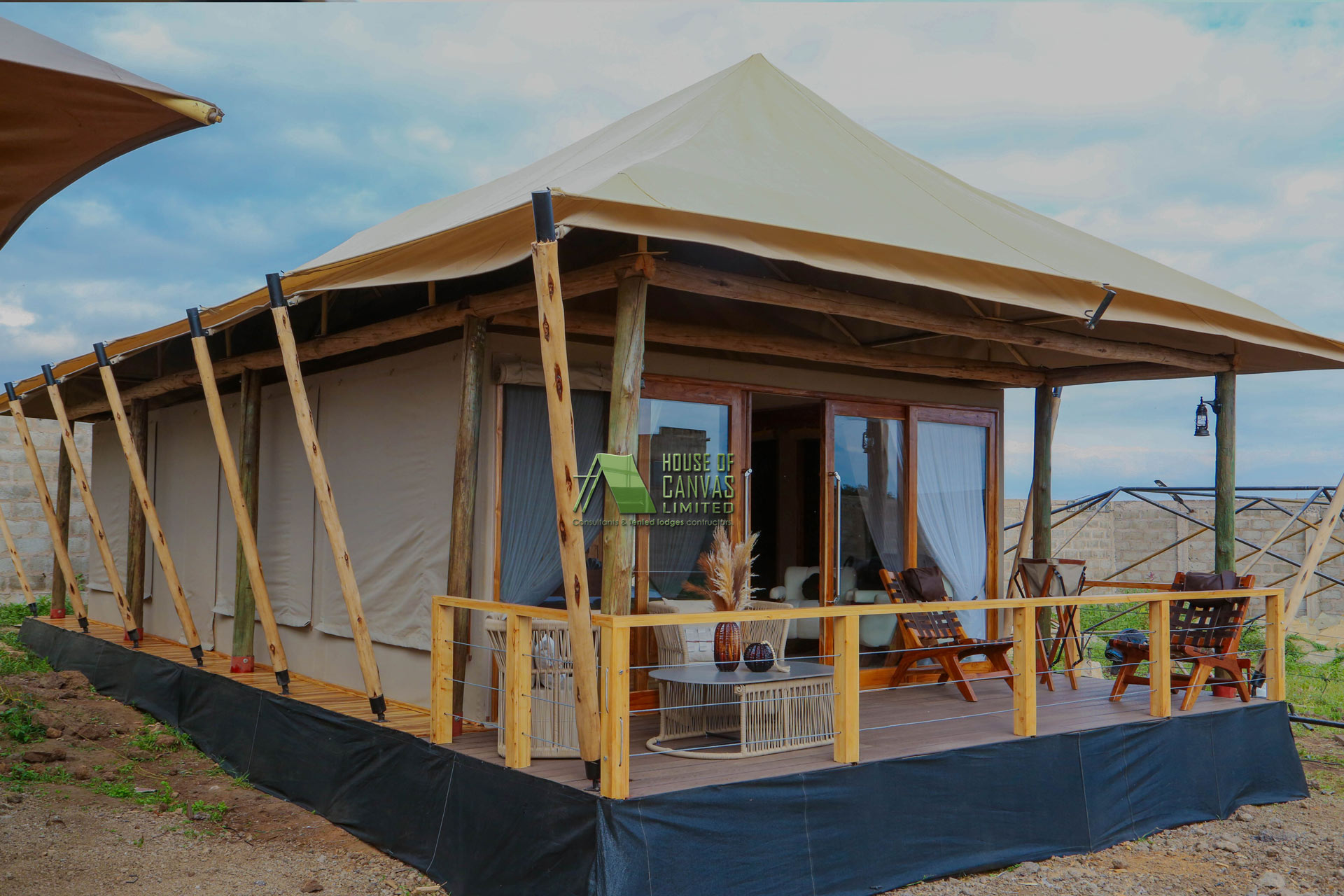
How to get there
Our LocationRafiki Luxury Camp - Orangi (Central Serengeti)
Nestled in the central Serengeti’s Seronera Valley, Rafiki Luxury Camp - Orangi occupies a prime spot in what many call the park’s beating heart. The Seronera region is a crossroads of ecosystems, where rolling grasslands meet dense acacia woodlands and permanent water sources like the Seronera River sustain a dazzling array of wildlife year-round. This is big cat country: lions sprawl atop granite kopjes, their roars echoing at dusk, while leopards lounge in the fever trees lining the riverbanks, their spotted coats blending with dappled shade. Cheetahs favor the nearby plains for high-speed hunts, and elephants plod through in herds, dusting themselves with red earth.Orangi’s location, roughly 350 kilometers from Arusha and accessible via a 45-minute flight to Seronera airstrip followed by a 20-minute game drive, places it at the nexus of the park’s most reliable game-viewing. The valley’s perennial rivers ensure animals linger even in the dry season (June-October), making it ideal for spotting the Big Five—lion, leopard, elephant, buffalo, and the elusive black rhino. In April and May, the Great Migration sweeps through, with wildebeest herds grazing en route to the north, their dust trails visible from the camp’s elevated verandas. Scattered kopjes offer vantage points for guides to scan for serval cats or hyena clans, and the open terrain suits photographers craving golden-hour shots. Orangi’s central perch means shorter drives to sightings—no long treks to distant corners—keeping you immersed in the action, whether it’s a giraffe silhouetted against the escarpment or a lilac-breasted roller flitting past your tent.
Rafiki Luxury Camp - Kusini ( Ndutu)
In the southern reaches of the Serengeti, where the park blends into the Ngorongoro Conservation Area, Rafiki Luxury Camp - Kusini thrives in the fertile Ndutu region. This seasonal camp operates from December to March, aligning with the wet season’s green explosion and the Great Migration’s calving spectacle. Ndutu is a patchwork of short-grass plains, marshy waterholes, and alkaline lakes like Ndutu and Masek, which draw flamingos and grazing herds in droves. The area’s flat, open terrain, fringed by acacia thickets and palm groves, creates a nursery for over 8,000 wildebeest calves born daily during peak calving, a frenetic season where predators like lions, hyenas, and jackals lurk to capitalize on the vulnerable newborns.Located about 80 kilometers south of Seronera, Kusini is reached via a 50-minute flight from Arusha to Ndutu airstrip, followed by a 45-minute drive through plains teeming with gazelles and ostriches. The camp’s site, often pitched near Lake Ndutu’s shores, offers unobstructed views of the calving grounds—imagine gazing from your tent as a wobbly calf takes its first steps, or spotting a cheetah sprinting across the flats. The surrounding marshes attract elephants and buffalo, while the nearby Big Marsh, a seasonal wetland, hosts hippos and rare waterbirds like storks. Ndutu’s remoteness, free from the central Serengeti’s busier routes, ensures a sense of exclusivity; game drives here feel like private expeditions, with guides decoding tracks in the mud to lead you to a lioness guarding her cubs or a martial eagle diving for prey. For those chasing the migration’s tender beginnings, Kusini’s location is unmatched—a front seat to life’s raw renewal.
Rafiki Luxury Camp - Njia (Kogatende)
High in the Northern Serengeti’s Kogatende area, Rafiki Luxury Camp - Njia stakes its claim along the sinuous banks of the Mara River, the stage for the Great Migration’s most heart-stopping act: the river crossings. From July to October, this region becomes a vortex of activity as over a million wildebeest, zebras, and antelopes gather to ford the Mara’s churning, crocodile-filled waters, their hesitant leaps creating chaos and splendor. Kogatende’s landscape is a tapestry of open woodlands, grassy hills, and riverine thickets, where resident game—hippos wallowing in pools, leopards draped over branches, and elephants browsing fig trees—thrives even when the migration moves south. The area’s isolation, far from the park’s central hubs, preserves a primal tranquility, broken only by the grunts of herds or the splash of a crossing.Njia’s camp, a seasonal setup, is a short 20-minute game drive from Kogatende airstrip, itself a 1-hour flight from Arusha. Positioned on a gentle rise overlooking the river, the tents command panoramic views of the sandy banks where wildebeest mass, often visible from your private veranda. The Mara’s meanders create natural funnels for crossings, making Njia a photographer’s dream—snap the dust and spray of a herd’s plunge or the glint of a crocodile’s eye. Beyond migration season, Kogatende’s permanent water sources sustain lion prides, giraffe towers, and troops of baboons, while the nearby hills offer sundowner spots with 360-degree vistas of the savanna. The camp’s remote locale means fewer vehicles, letting you linger at sightings without the rush of gate deadlines. Here, the river’s constant murmur weaves stories of survival, and Njia places you right in their current—a rare chance to witness nature’s most dramatic migration chapter unfold.

